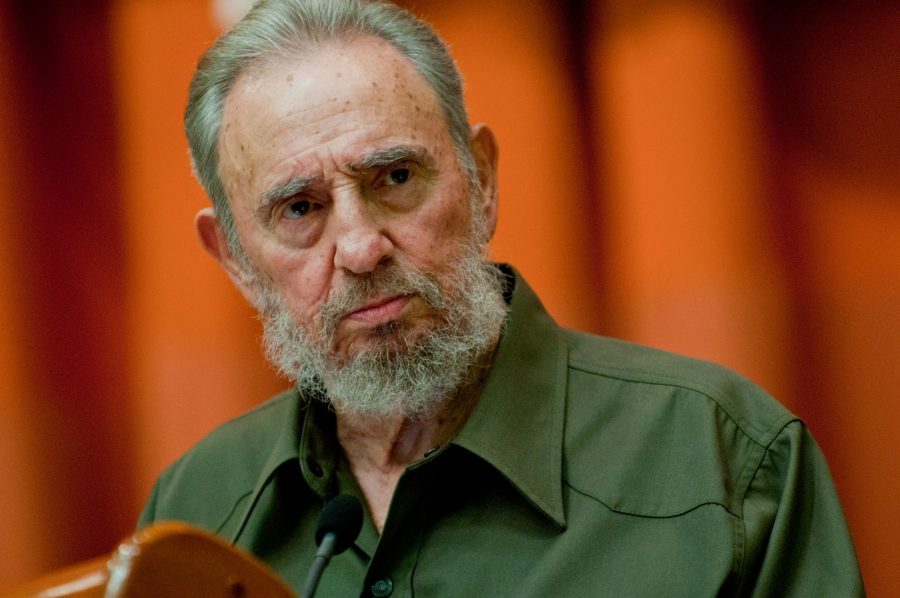The Aftermath of Fidel Castro’s Death
November 30, 2016
Fidel Castro was the man who brought the Cold War to the Western Hemisphere is 1959. Castro briefly brought the world to the brink of a nuclear war. For 47 years he maintained a tight grip over the nation of Cuba as their leader and dictator. Even though Cuba is a small island of a nation, Fidel Castro commanded worldwide attention.
Fidel Castro died on November 25, 2016, at the age of 90. Some celebrate his death; others mourn it. His brother Raul Castro had already taken over as the leader and president of Cuba more than eight years ago.
In the wake of the news released that Castro would be cremated on Saturday, world leaders expressed their love and hate for the cigar-smoking communist. Donald Trump issued a full statement on the matter, calling Fidel Castro “a brutal dictator who oppressed his own people for nearly six decades.”
Cuban-Americans in Miami took the streets to celebrate the death of Castro. They view him a tyrant who oppressed his constituents, keeping them in poverty and misery.
Many are hopeful for what is to come in the near future now that Cuba’s dictator is dead. They hope for “an era of freedom, peace and human dignity for everyone in Cuba.”
Florida Sen. Marco Rubio warned that “Sadly, Fidel Castro’s death does not mean freedom for the Cuban people or justice for the democratic activists, religious leaders, and political opponents he and his brother have jailed and persecuted. The dictator has died, but the dictatorship has not.”






